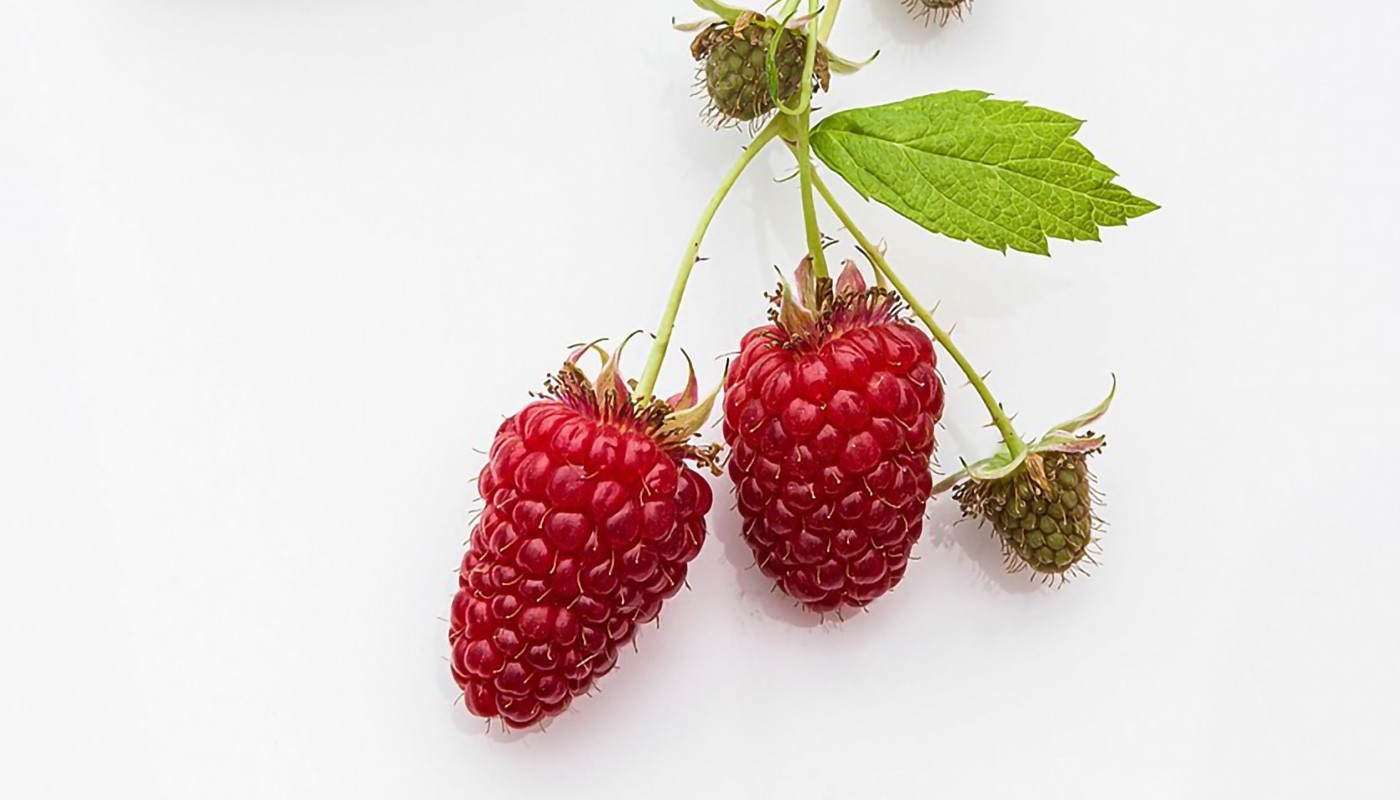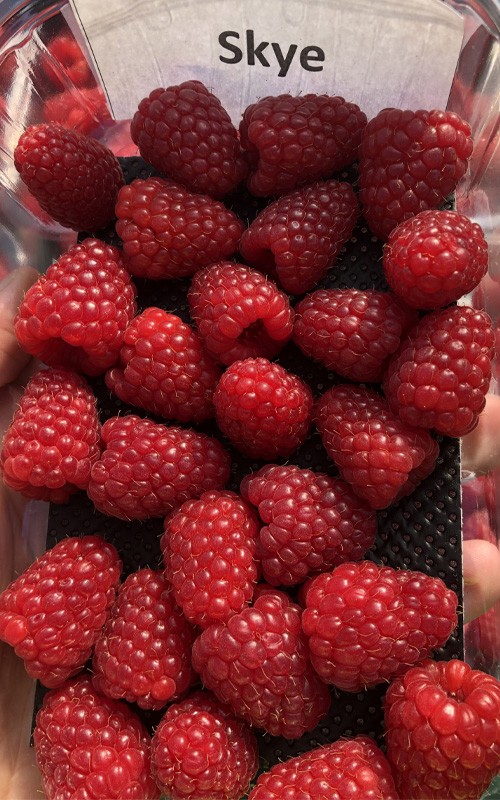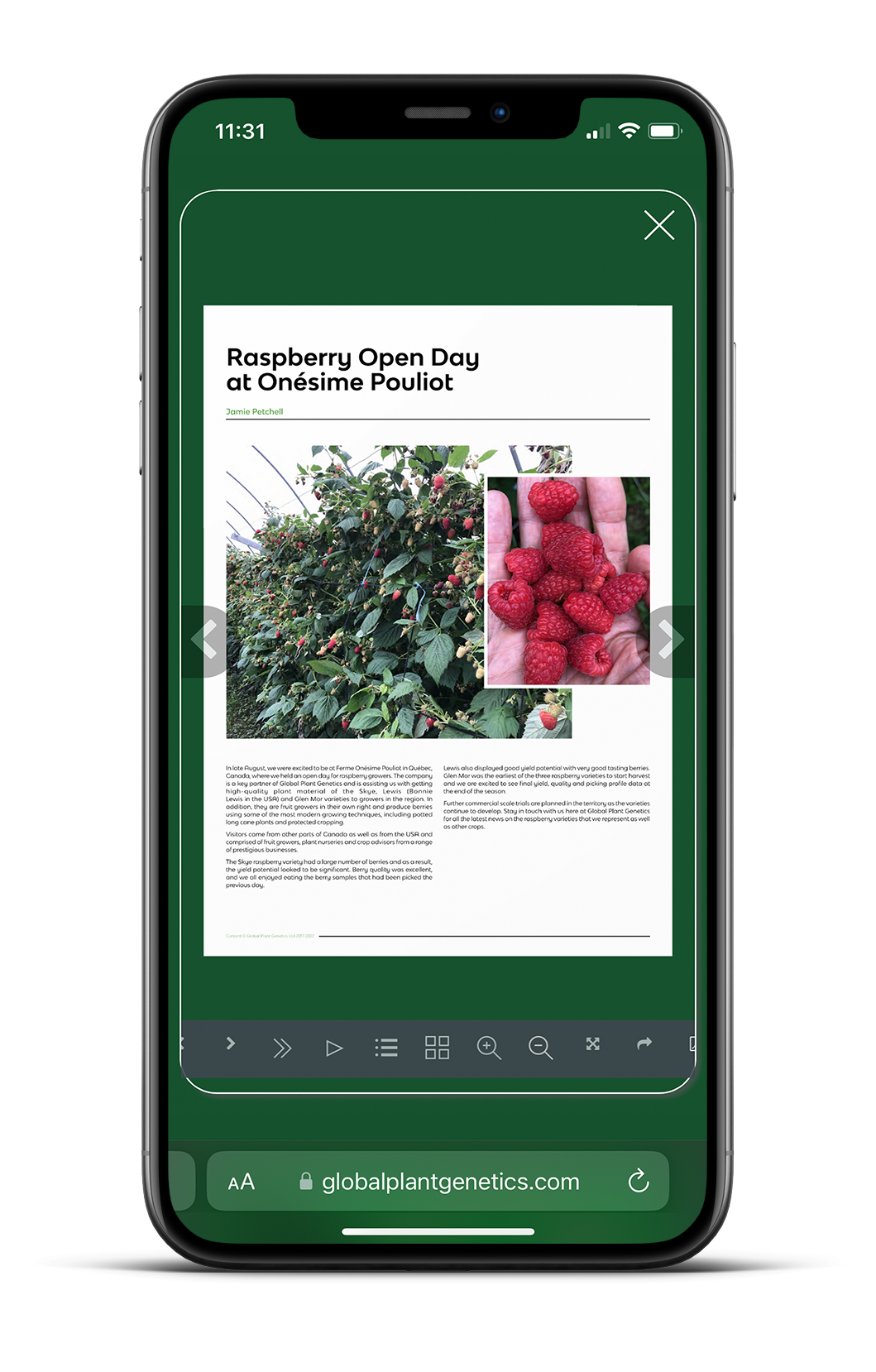Reaching for the Raspberry Skye
30 November 2020
30 November 2020

Global Raspberry production continues to evolve at a rapid pace. The marketplace has undergone significant change in the past 20 years and is almost unrecognisable from the end of the previous millennium. The improvements have been in many places, such as growing systems, improved
yields, innovated distribution, new harvesting developments and not least of all, new varieties. The most fundamental change in raspberry varieties has been the dramatic shift from the general use of floricane types to primocane raspberries.
In the global fresh market for raspberries, primocane cultivars are now considered de rigueur. However, it is not as simple as planting a primocane plant in the spring, harvesting it in the autumn, cutting it down the following spring and harvesting again the subsequent autumn, and so on. Technical developments within raspberry varieties mean that many nurseries are now producing a range of different plant types. These include frozen roots, fresh plug plants, overwintered plug plants as well as a plethora of long cane types. Professional raspberry producers can use the varying plant types to ensure a prolonged season of high-quality berries, often of the same variety. High quality and younger raspberry plants have the associated benefit of producing larger berries. These then allow harvesting costs to be better controlled as well as delivering an improved eating experience to the consumer.
One of the latest primocane raspberry developments is the variety Skye. Bred at the world-renowned James Hutton programme in Scotland, Skye raspberry is managed by Global Plant Genetics in a wide range of locations. The cultivar very much lends itself to plant manipulation and season extension due to its inherent physiology. It is a low-chill type and produces consistently high yields of large raspberries on both primocanes and floricanes. In addition, the fruit is firm in both of these cropping cycles.
Additional fruit quality attributes of Skye raspberry are that it has high levels of sweetness, with Brix values of 10.8 in replicated trials, coupled with low acidity. Fruiting laterals on the canes produce an average of 20-25 berries on each one with a large berry size. In order to maximise shipping potential and overall shelf life, the berries can easily be picked at the pink ripening stage. The growth habit of the variety is upright and straight in both nursery and fruiting environments. As a result, it is easy to manage its vigorous cane growth. This plant stature also means that the berries are well displayed, ensuring that it is a preferred variety of the harvest workers.
As the worldwide raspberry market develops even more rapidly in the coming years, the variety Skye is set to play an important role in terms of cultivar choice.
Stay tuned to Global Plant Genetics for the latest developments as well as subscribing to our YouTube channel

